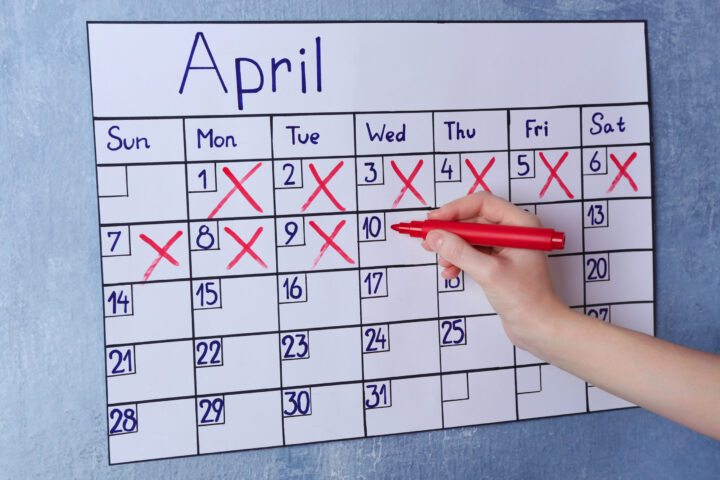History is the story and record of the past. Children begin to develop a concept of history as they develop the concept of time. Predictable routines and records of the past help them begin to see time as a continuum with the present as a point in time that follows the past and precedes the future. Consider using these strategies to help children understand the concept of history.
Discuss daily routines.
Predictable routines help children learn the concepts of past and present. “We had circle time already. Now it’s time to visit our different learning stations.” “We had story time already. Now it’s time to get ready to go home.” “Tomorrow we will have a visitor.”
Adaptations for children with significant support needs
- Use visual timelines with pictures or icons to represent past and present activities. Once an activity is finished, place (or have a child place) the picture in a “finished” envelope or bin.
- If children are anxious to participate in a preferred activity, use the visual timeline to show them the number of activities until their preferred activity.
Use vocabulary related to time.
Young children may use abstract terms for time without really understanding them. They may not be able to distinguish between the immediate and the distant past. Connect the vocabulary of yesterday and today, before and after, and past and present to remembered or observable events. “Yesterday we played inside because it was raining. Today we are going outside to play.”
Adaptations for children with significant support needs
- Time is an abstract concept that some students will find challenging. Use photos of events to depict what happened yesterday and will happen today to help make the concept more concrete and understandable.
Work with the children on a class journal.
Students can dictate entries about special classroom events for you to record. As the year progresses, read from this journal occasionally to recall the past. “Last week we planted the flower seeds. Remember the very first day of school when we talked about class rules?” “Let’s read what you said about the visitor we had who…”
Adaptations for children with significant support needs
- Create a photo book for classroom events and activities. Children can use the photos to recall past events.
Encourage your preschoolers to interview a parent or other grown-up.
The school librarian or a class volunteer can share a story about the past. Discuss possible questions the children might ask: “What was your favorite toy or book when you were my age?” “Do you remember something fun your family did together?” Write the stories down as the children dictate them. Add pictures drawn by the children and make a history book to share.
Adaptations for children with significant support needs
- Create a question-and-answer page that an adult can complete and discuss with their child. Adults can provide photographs to add to the pages to create a history book for the child to share.
Explore the history of the school or immediate neighborhood.
What was at this location before the school was built? How has the neighborhood changed? Plan a walk to observe local historical markers, statues, or dates on buildings. Put dates into context: “This building was built when I was a child.” “This statue is of the person who started our town. That was even before your grandparents were your age.” Perhaps a teacher, administrator, or parent could help with this project.
Adaptations for children with significant support needs
- Provide past photos of buildings along your walk for children to compare the building from past and present.
Use a project time line.
Add words and pictures to document the beginning, development, and conclusion of each project. Invite children to use the time line to tell the story of the project to other classes or to visiting parents.
Adaptations for children with significant support needs
- Provide a timeline with pictures to represent each step of the project. Children can place an “X” next to each step as it is completed.
IEL Resource
- Resource List: Time and Sequence


 PDF
PDF